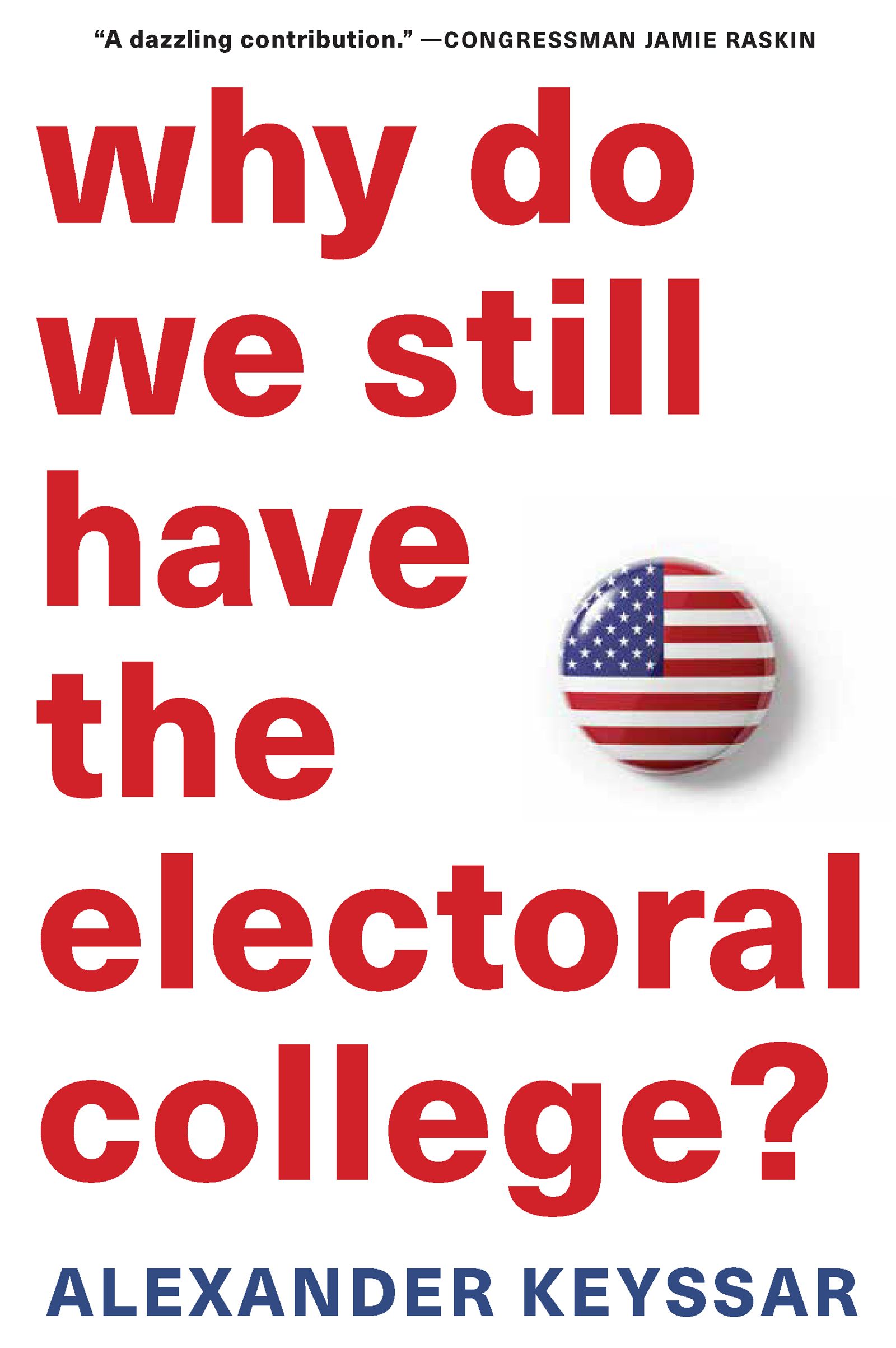Over the past two centuries, Congress has repeatedly debated enacting major changes to the Electoral College or scrapping it; on a few occasions, lawmakers came agonizingly close to doing so. James Madison, the most influential figure in the drafting of the Constitution, was never fond of the Electoral College and sought to replace it with a national popular vote (which in his day, of course, would have been limited to white men). In nearly every opinion poll conducted from the 1940s to the present, majorities have favored switching to that simple and—ever since women and Black people got the right to vote—quite democratic alternative.
One of the chief virtues of Alexander Keyssar’s remarkable new book Why Do We Still Have the Electoral College? is that it conclusively demonstrates the absurdity of preserving an institution that has been so contentious throughout US history and has not infrequently produced results that defied the popular will. No presidential contest has ended up in the House of Representatives since 1824, when that body chose John Quincy Adams after a multicandidate race in which his nearest competitor, Andrew Jackson, won a plurality of both the popular and the electoral vote. But on four other occasions, fewer ballots were cast for the winner than the loser, and in the exceedingly close elections of 1884 and 1916, the switch of a few thousand votes in a single state would have handed victory to the less popular nominee.
More galling, those anonymous electors have usually also had the liberty to defy the people’s choice by voting for someone who did not carry their state or did not even run for the presidency at all. This is a prospect that a recent Supreme Court decision sought to correct, in a unanimous ruling that a state can compel electors to abide by the pledge they made to support their party’s nominee. “The State instructs its electors that they have no ground for reversing the vote of millions of its citizens,” wrote Justice Elena Kagan. “That direction accords with the Constitution—as well as with the trust of a Nation that here, We the People rule.” Despite this ruling, 17 states, including ones that tend to swing, like Florida and Ohio, still allow electors to vote their conscience.
The premise of Keyssar’s book is an uncommon one for a historian to pursue. Few scholars spend their time seeking to explain something they wish had happened but never did. Even writers who probe the perennial question of why socialism never gained a mass following in the United States as it did in Europe still have a good deal to say about such topics as the popularity of Eugene V. Debs and the vital role played by Marxist radicals in the labor movement and the crusade for racial justice. But the centuries of fruitless effort inspired Keyssar to create a scholarly masterpiece. No other historian has so persuasively explained the utter failure to ditch or change a process that, as he puts it, “is ill understood by many Americans, bewildering to nearly everyone abroad, and [was] never imitated by another country or by any state of the United States. Many countries have struggled with the problem of electoral reform, but few, if any, have done so with such lack of success over so prolonged a period.” This is clearly not a book for anyone who believes the moral arc of politics is long but always bends toward justice.
